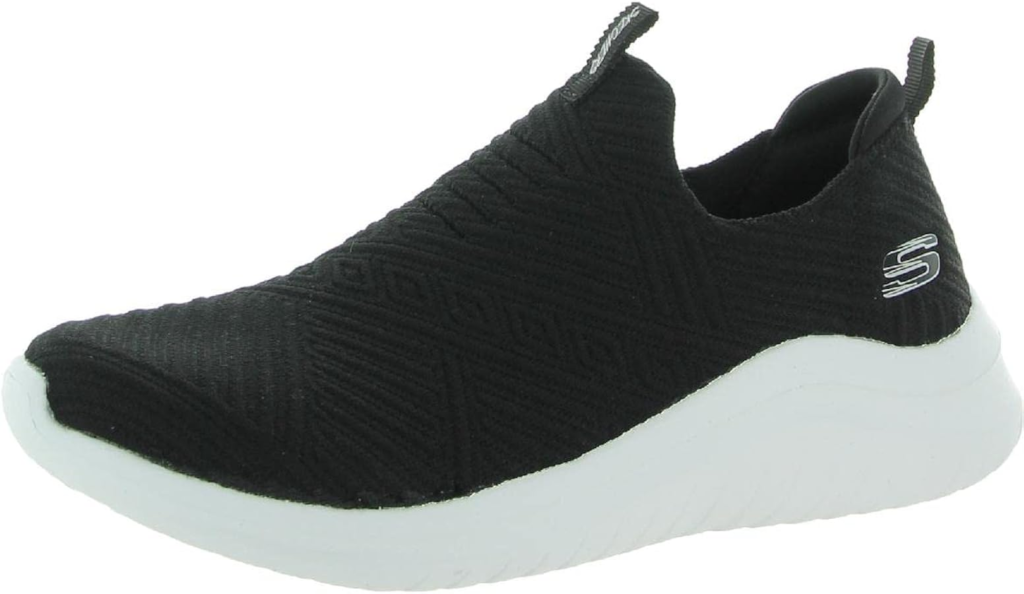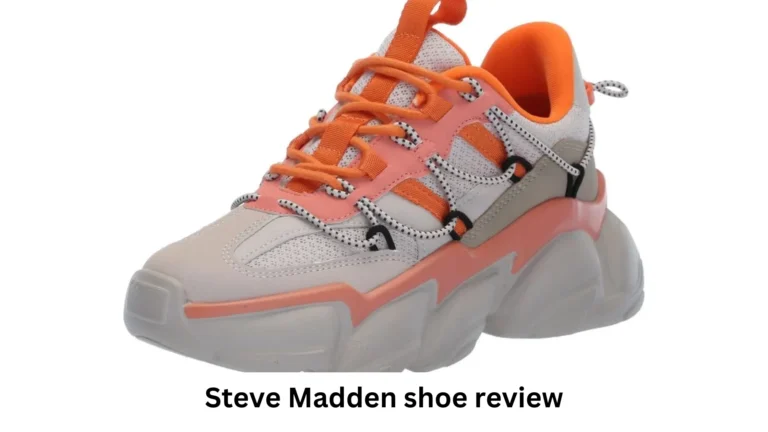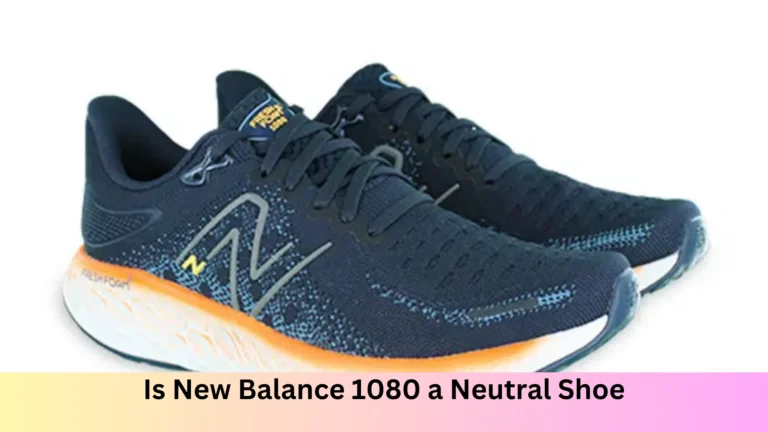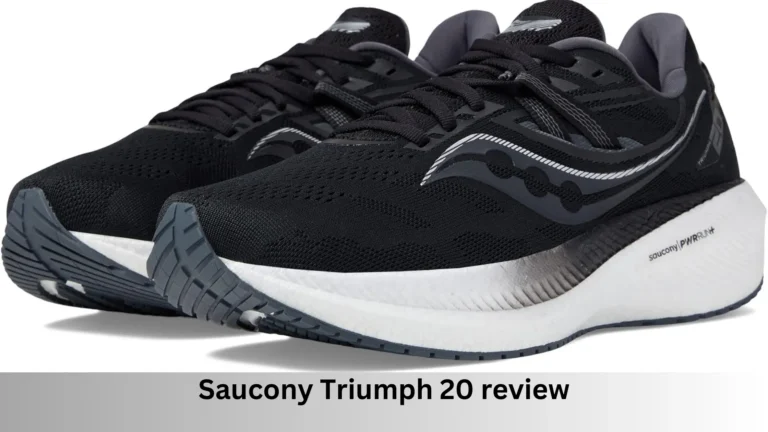
Skechers is a popular footwear brand known for its trendy designs, comfort, and affordability. Many people love wearing Skechers for walking, casual outings, and even work shoes. However, when it comes to recommendations from foot health professionals like podiatrists, Skechers often doesn’t make the list. The question arises: Why do podiatrists not recommend Skechers?
This article will dive deep into the reasons behind the reluctance of podiatrists to endorse Skechers shoes, covering essential aspects such as foot health, shoe construction, materials, and overall impact on various foot conditions. Understanding these factors can help you make more informed decisions about your footwear choices, especially if you have foot problems or seek shoes that offer the best support and protection.
Lack of Proper Arch Support
One of the primary concerns podiatrists have with Skechers shoes is the lack of proper arch support. Many Skechers shoes are designed with a flat insole, which might be comfortable initially but can cause long-term problems for your feet. Proper arch support is crucial as it helps maintain foot alignment, distributes weight evenly, and reduces strain on the ligaments and tendons of the feet.
Why Arch Support Matters
Arch support plays a pivotal role in maintaining the natural alignment of the foot. Without adequate support, the arch can collapse, leading to conditions like plantar fasciitis, flat feet, and overpronation. For individuals with existing foot problems, wearing shoes without adequate support can exacerbate these conditions and cause additional discomfort.
Skechers often lack the structured arch support found in other brands that are specifically designed for individuals needing extra support, like Brooks, ASICS, or New Balance. This is one of the main reasons why podiatrists often steer their patients away from Skechers, especially those with flat feet, high arches, or chronic foot pain.
Soft, Cushioned Soles – Comfort or a Problem?
Skechers shoes are known for their soft, cushioned soles, which provide immediate comfort. However, this softness can also be a double-edged sword. While the memory foam insoles in many Skechers models may feel comfortable, they often lack the necessary stability and support for prolonged wear.
The Issue with Overly Soft Shoes
Overly soft and cushioned shoes can make your feet unstable. When your feet sink too deeply into a cushioned insole, your foot’s natural alignment can be thrown off, leading to instability. This can be particularly problematic during long walks, runs, or standing for extended periods.
Podiatrists often emphasize the need for shoes that provide a balance between comfort and support. Shoes that are too soft can lead to improper foot mechanics, increasing the risk of ankle sprains, falls, and other injuries. Furthermore, for individuals with specific foot conditions like flat feet or plantar fasciitis, excessively cushioned shoes can worsen symptoms by not providing the necessary structural support.
Insufficient Heel and Midfoot Stability
Another critical factor is the lack of stability in the heel and midfoot areas of Skechers shoes. Many Skechers models, particularly those with slip-on designs, lack a firm heel counter—a crucial element that helps stabilize the heel and prevent excessive movement of the foot.
Why Heel and Midfoot Stability Are Important
The heel counter is the part of the shoe that wraps around the heel and provides structure and support. A firm heel counter is essential for maintaining foot stability, preventing overpronation, and reducing the risk of foot fatigue. In contrast, shoes with soft or minimal heel counters, like many Skechers models, can lead to excessive foot motion, contributing to ankle instability and related injuries.
Additionally, the midfoot stability of Skechers shoes is often compromised by the lack of a supportive shank. The shank is a supportive structure that runs through the shoe’s midsole, providing rigidity and stability. Without a proper shank, the shoe may bend excessively in the midfoot area, leading to inadequate support and potential foot strain during activities.
Poor Longevity and Durability
Skechers shoes are often praised for their comfort and affordability, but they fall short in terms of durability and longevity. Many Skechers models are made with lightweight, flexible materials that wear out quickly, especially with regular use. Podiatrists often highlight the importance of durability in footwear, particularly for individuals with foot conditions requiring consistent support.
The Drawbacks of Fast-Wearing Shoes
Shoes that wear out quickly lose their supportive qualities, such as arch support, cushioning, and stability. This can lead to increased stress on the feet, ankles, and lower legs. When the shoe’s structural integrity is compromised, it no longer provides the necessary protection and support, increasing the risk of foot pain, fatigue, and injuries.
Podiatrists generally recommend investing in shoes that are built to last, especially for those who spend long hours on their feet or engage in regular physical activities. Brands that focus on durability and foot health, like New Balance, Brooks, and Hoka, tend to offer shoes with higher-quality materials that maintain their supportive features over time.

Inadequate Support for Specific Foot Conditions
Skechers shoes are often marketed as comfortable, everyday footwear, but they lack the specialized features necessary to address specific foot conditions. For people with plantar fasciitis, bunions, flat feet, or other foot ailments, choosing the right footwear is crucial for managing symptoms and preventing further complications.
Foot Conditions That Require Specialized Support
- Plantar Fasciitis: This condition requires shoes with excellent arch support, a firm heel counter, and cushioning to reduce heel impact. Skechers often lack the structured support needed for managing plantar fasciitis effectively.
- Flat Feet: People with flat feet need shoes that provide strong arch support and prevent overpronation. The soft, flexible soles of Skechers do not offer the necessary corrective support, potentially worsening the condition.
- Bunions and Hammertoes: Shoes for these conditions need to have a wide toe box, firm support, and minimal seams to prevent irritation. While some Skechers models have a wider fit, they often lack the structural support necessary to keep the foot properly aligned.
Podiatrists frequently recommend shoes that cater to these specific needs, providing the correct support, stability, and comfort to manage and alleviate symptoms.
Skechers and Foot Alignment Issues
Proper foot alignment is essential for maintaining overall posture and reducing stress on the feet, knees, hips, and lower back. Skechers’ design, with its emphasis on comfort and style, often neglects the elements needed to promote proper foot alignment.
The Impact of Poor Foot Alignment
Shoes that fail to maintain proper foot alignment can lead to a cascade of problems, not just for the feet but for the entire body. Misaligned feet can cause knee pain, and hip discomfort, and even contribute to lower back pain. Podiatrists often point out that the wrong footwear can alter your gait, leading to compensatory movement patterns that strain other parts of your body.
Footwear brands that prioritize alignment, such as Vionic or Orthofeet, incorporate features like arch support, deep heel cups, and orthotic insoles designed to keep the foot in a natural, healthy position. This emphasis on alignment is often missing in Skechers, which prioritizes immediate comfort over long-term foot health.
Skechers’ Fit and Sizing Issues
Fit and sizing are crucial aspects of choosing the right footwear, and Skechers often fall short in this department. Many customers report inconsistent sizing, with some shoes running too wide or too narrow, which can lead to poor fit and discomfort.
The Importance of Proper Fit
A proper fit ensures that the shoe provides the necessary support without causing undue pressure or rubbing. Ill-fitting shoes can lead to blisters, and calluses, and even exacerbate foot conditions like bunions or hammertoes. Podiatrists emphasize the need for shoes that fit well, supporting the foot in all the right places without causing friction or restricting movement.
Shoes from brands that cater to specific foot shapes and needs—like those with wide, narrow, or extra-depth options—tend to offer a better fit, contributing to overall foot health. Skechers’ lack of consistency in fit can make it challenging for individuals to find a pair that meets their specific requirements.
Limited Orthotic Compatibility
For individuals who require custom orthotics, Skechers shoes are often not the best choice. Many Skechers models have built-in cushioning that cannot be removed or adjusted to accommodate custom orthotic inserts. This lack of compatibility can make it difficult for people who rely on orthotics for additional arch support, heel stability, or correction of gait abnormalities.
Why Orthotic Compatibility Matters
Orthotics are designed to provide personalized support based on an individual’s specific foot structure and needs. The ability to insert custom orthotics into shoes is a significant consideration for those managing foot pain, deformities, or chronic conditions. Podiatrists often recommend footwear that allows for easy integration of orthotics, enhancing the shoe’s overall support and function.
Brands like New Balance, Brooks, and ASICS often design their shoes with removable insoles, making them more suitable for individuals who need to use custom orthotics. In contrast, the fixed insoles and non-traditional footbeds of Skechers limit their adaptability for orthotic users.
Also Read: Is Wearing Shoes All the Time Good for Your Feet?
Conclusion: Choosing Footwear Wisely
While Skechers may offer immediate comfort and trendy designs, they often fall short in the areas that matter most for long-term foot health: support, stability, durability, and specialized fit. Podiatrists prioritize these factors when recommending footwear, especially for individuals with foot conditions or those who spend significant time on their feet.
Understanding the limitations of Skechers shoes can help you make more informed decisions about your footwear choices. If you experience foot pain, have specific foot conditions, or require additional support, consulting with a podiatrist and exploring brands that emphasize foot health over fashion can be a wise move. Ultimately, choosing the right footwear is an investment in your overall health and well-being, ensuring that your feet are well-supported and protected in every step you take.

Hello, I am Natasha Rose. I am the founder of the website Best Running Shoes. I am from California, USA. I am a professional shoe analyzer and an employee in a shoe showroom. I like to provide information about all types of shoes.





